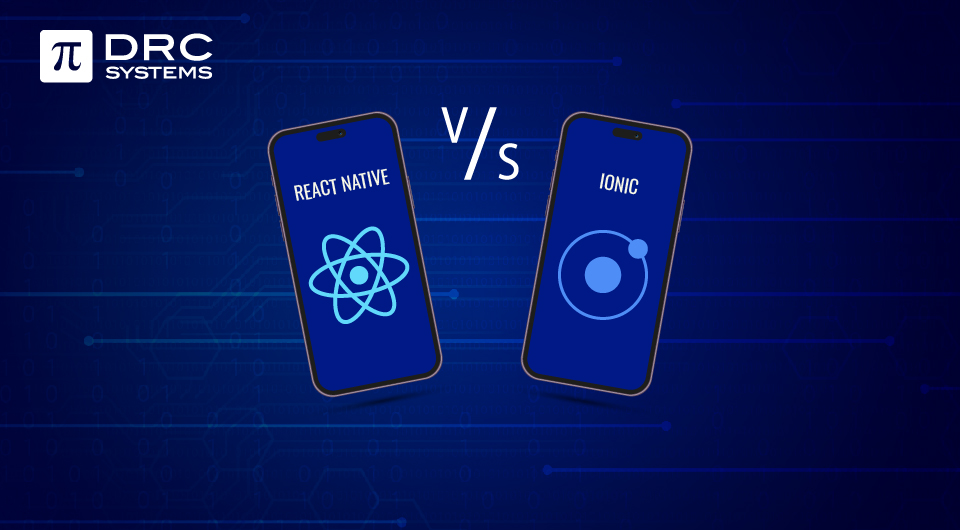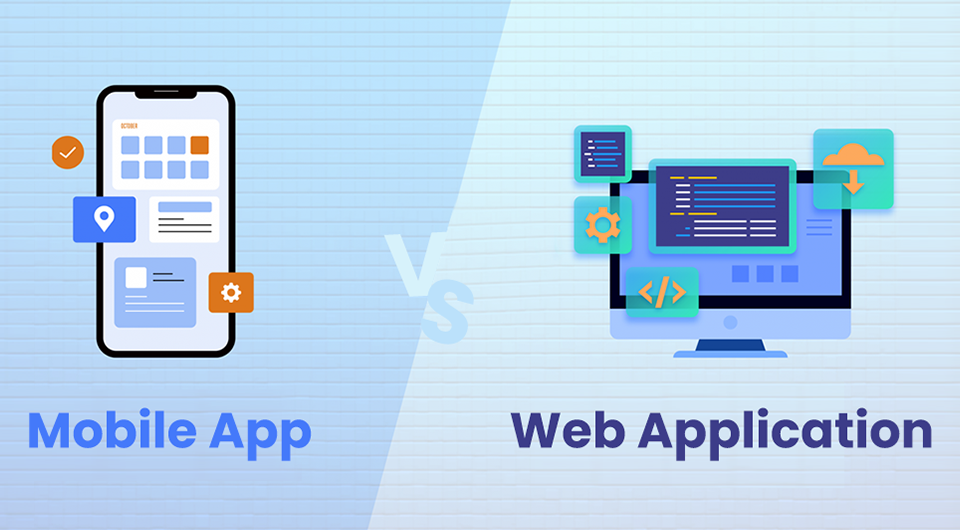Related Articles
React Native vs Swift: Which One to Pick for Your iOS App Development?
In this blog, we explore key insights into React Native and Swift, along with best practices for iOS app development.
Read The PostMobile App or Web Application: Which is Right for Your Business
Before investing in building an application, it’s crucial to determine which option is right for your business. Our blog will help you choose between a mobile app and a web app based on your business requirements.
Read The PostCreating a Mobile App Wireframe: A Complete Guide
This is a complete guide to creating a mobile app wireframe. It includes step-by-step instructions on creating and executing a wireframe, covering all essential details.
Read The Post


